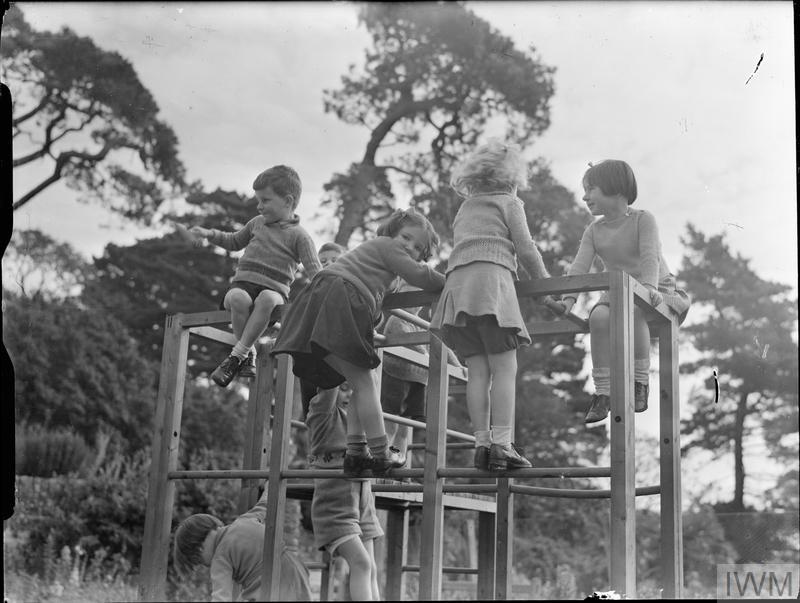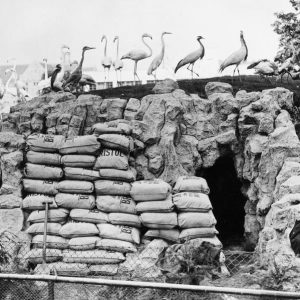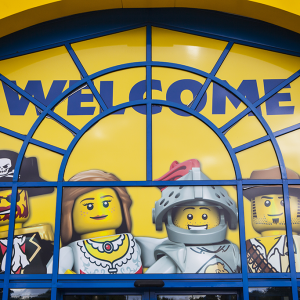Through Time’s Telescope: How the Attraction Industry has Survived Crises
/History tells us that pandemics do not last forever. Especially in the second decade of the 21st century, where medical science, disease understanding and hospital care has never been so good. So, while lockdown continues to hamper attractions, it need not be a crushing blow; it can be the golden ticket opportunity to build a brighter future.
While branded online games can be downloaded now by brand fans, keeping the name and its iconic status ticking over, and maybe even a residual controlled number through the doors to stop the dust settling and pay the overheads, keeping in touch with email newsletters offering insider information and attraction themed gadgets and gizmos is holding many the right side of the red. Meanwhile, the bigger picture emerges: future thinking.
Chester Zoo started pre-pandemic with their Grasslands habitat, which is due to be unveiled in 2020. But as travel is expected to remain lower in the long term as we are increasingly aware of the health risks as well as our carbon footprint, it is a benchmark opportunity. It encapsulates the African savannah experience, brought home to visitors who can experience the luxury of overnight stay in one of their discreet and authentic themed lodges. Wake up, they say, to a sunrise over Grasslands.
Some of the UK’s most established zoos have proven that they have what it takes to sustain the blows of difficult times. During WW2, ZSL London Zoo became fascinatingly innovative. They used camels and llamas instead of motorised transport to get around the zoo grounds, and Shetland ponies for short trips in the surrounding area to economise with utilising in-house resources. An Animal & Zoo magazine not only kept would be visitors entertained at a distance, but provided invaluable information about pet care, and help on how to raise domestic animals for human consumption as rationing became the new norm. It added a lot of value to the zoo’s status and kept the brand at the front of people’s minds, as well as a welcome distraction during air raids. (Did we say lockdown?) The new ‘adopt an animal’ scheme had members of the public paying for the upkeep and feed of an inmate of their choice, and was so popular it continues in a lesser way until today, having been embraced by many other animal rearing attractions ever since.
Back in the Great Depression in the run-up to the war, amusement parks suffered hard hits. Many closed and some even had their rides dismantled to feed the demand for ammunitions metal. While many continued to run, the numbers sank to the bottom of the curve, and it wasn’t until Walt Disney pumped in fresh inspiration in the 1950s that that exhilarating thrill stirred pleasure seekers to return in their masses again. So what was Walt’s secret?
It was a new type of amusement park. Building on themes, and working on the tastes of all the individual family members, he found he could entice not just children but dads and mums, grandpas and grannies too. It started a new cultural revolution and laid the foundations for today’s Disney and Gulliver’s Worlds, and Legoland.
Leave a Reply
You must be logged in to post a comment.
HAVE A QUESTION?
GET IN TOUCH
We’d love to know more about your attraction or brand and we’d be delighted to arrange a time to chat about your needs – simply fill in the form and we’ll be in touch.
Alternatively, give us a call on +44 (0) 1206 22 44 66
Want to know more?
*Required fields








COMMENTS (0)